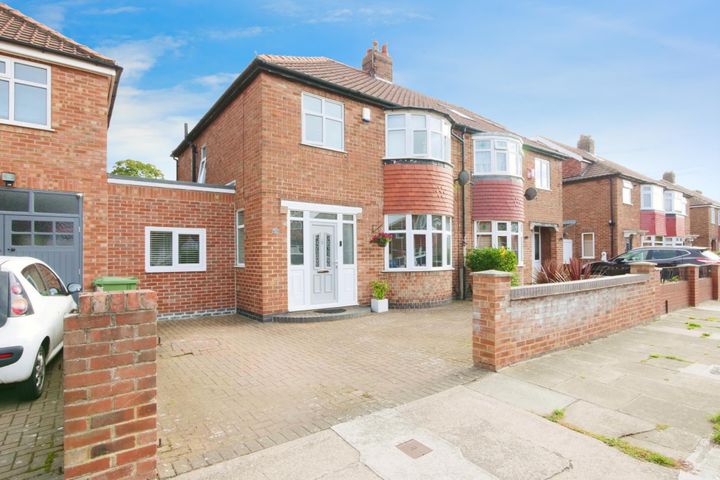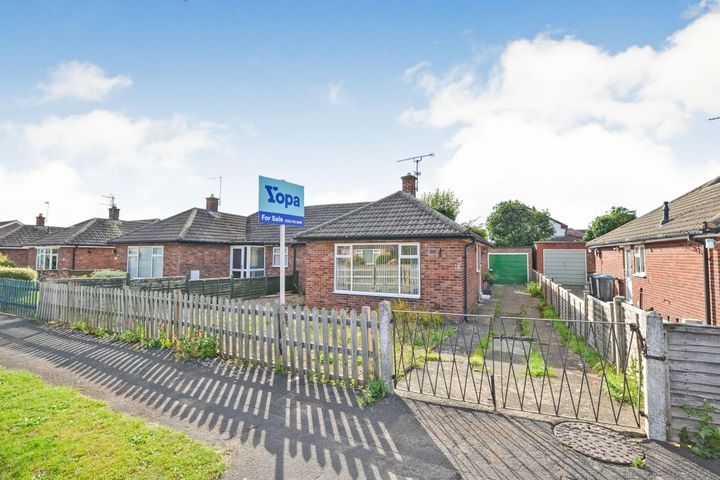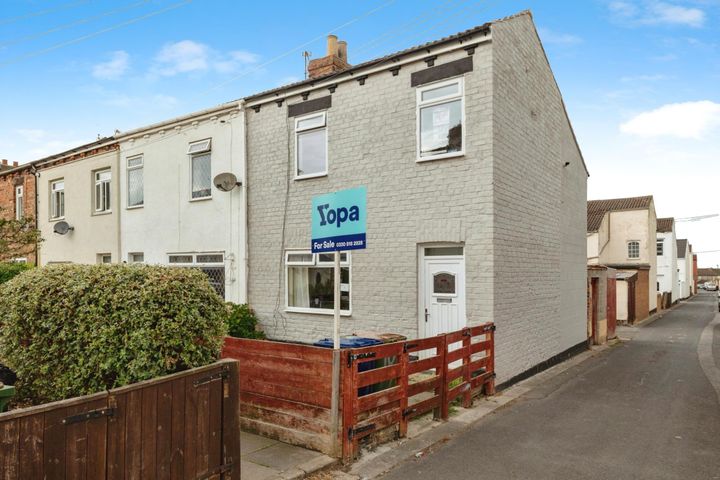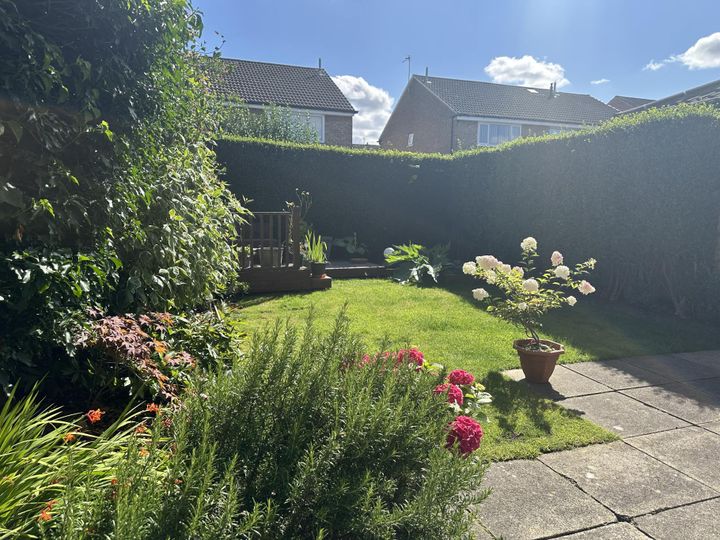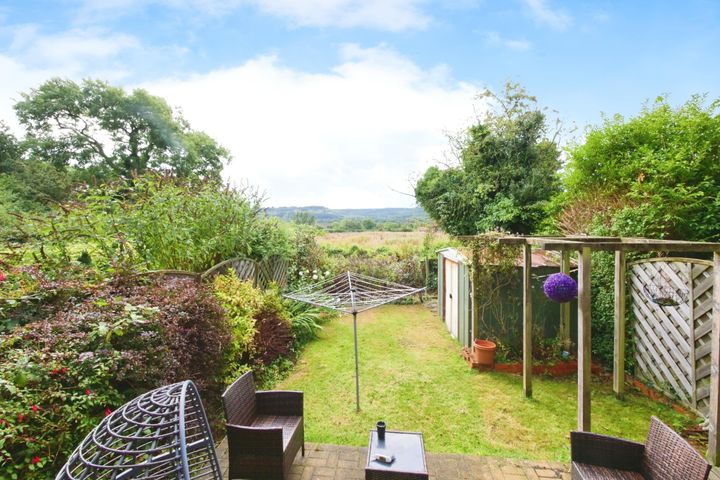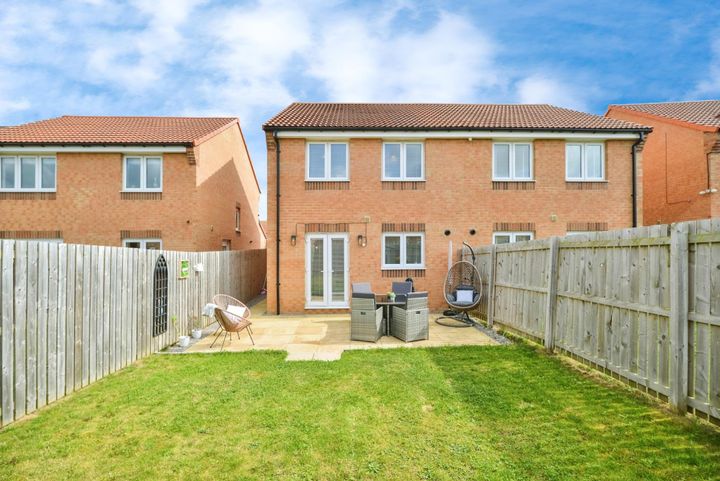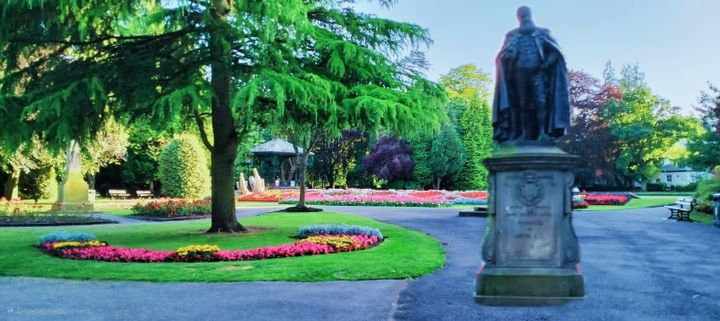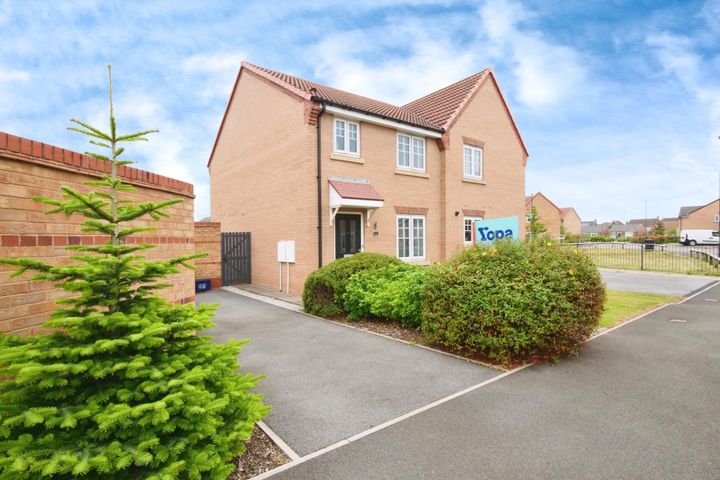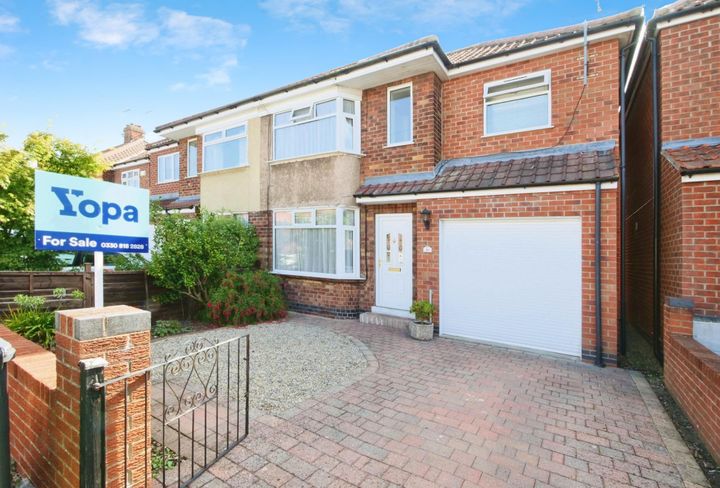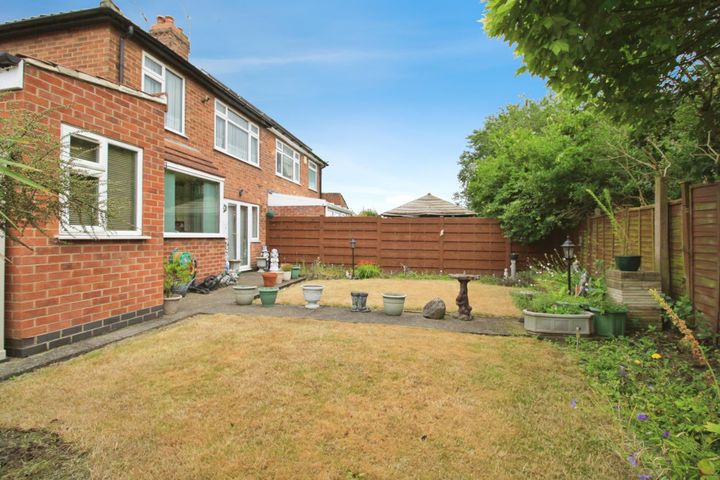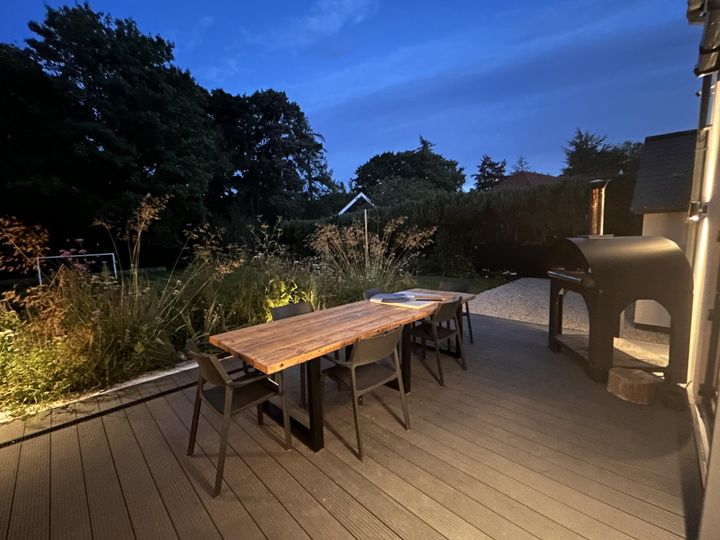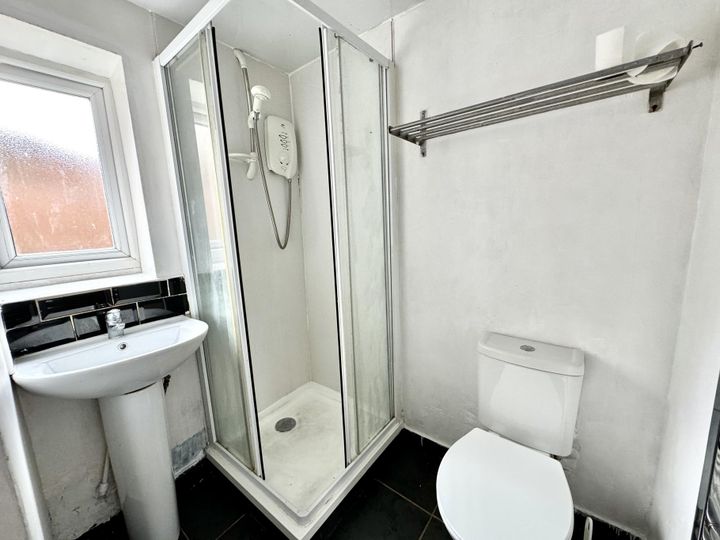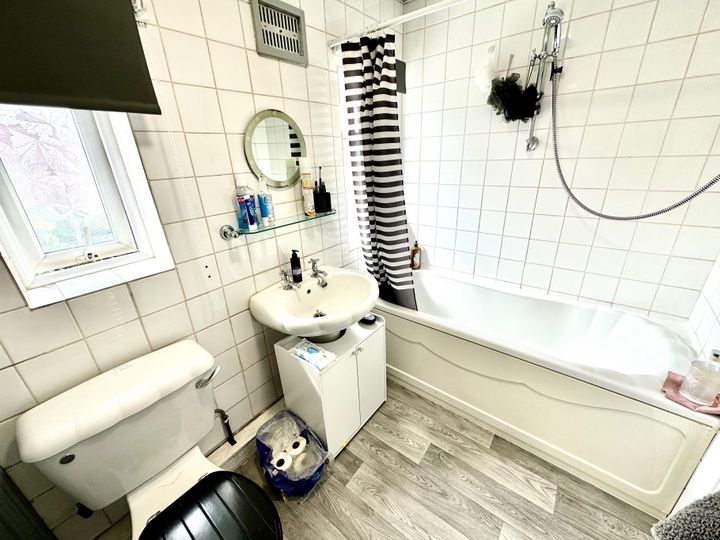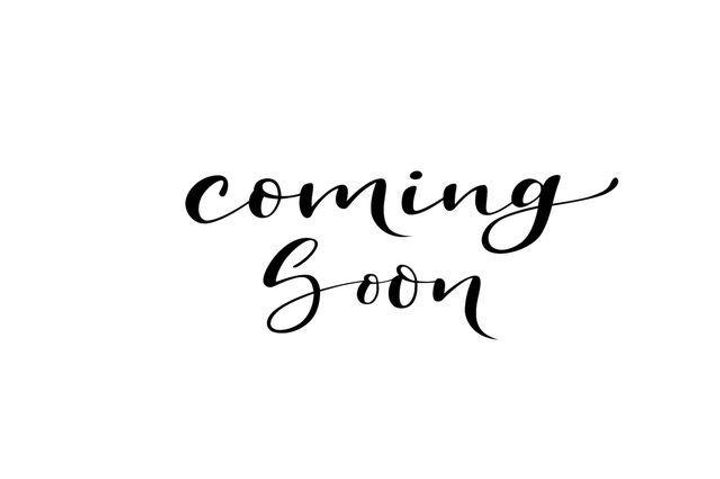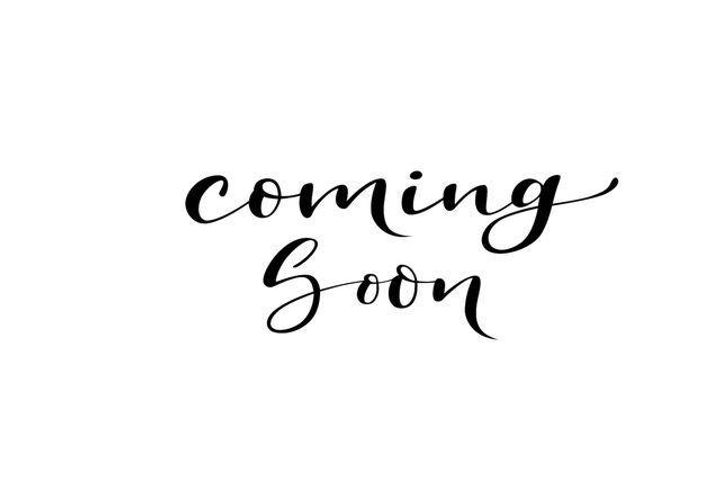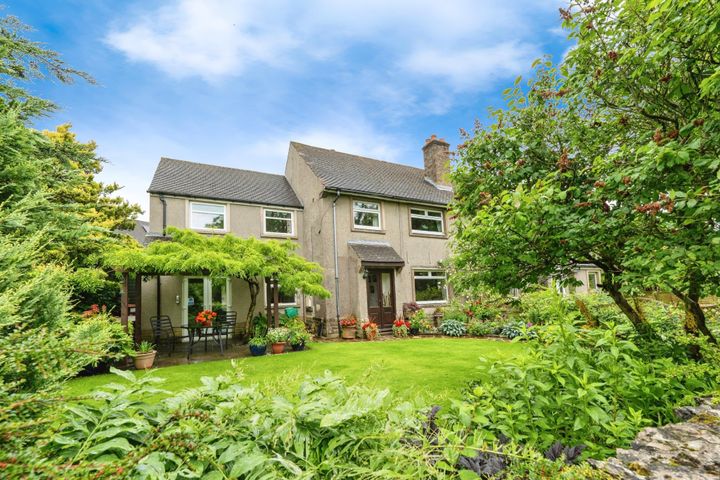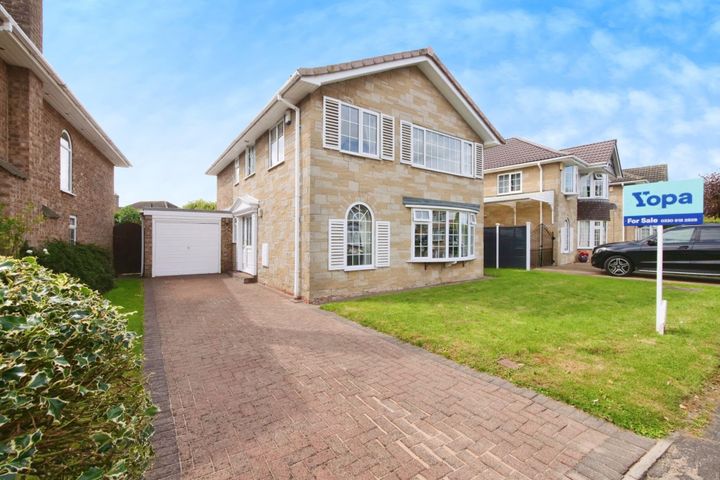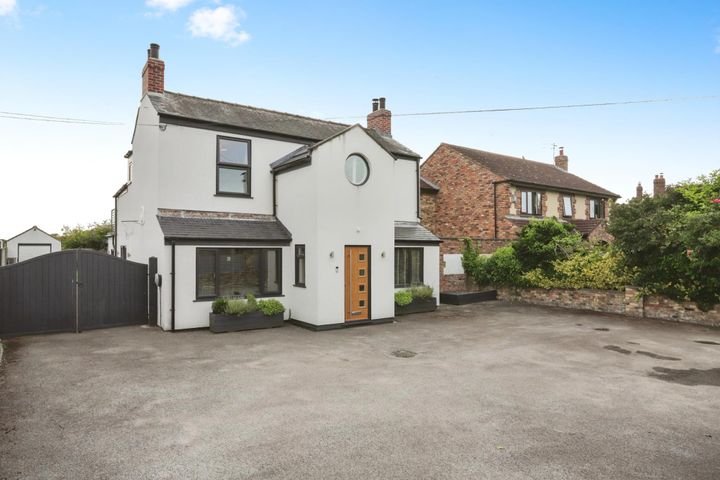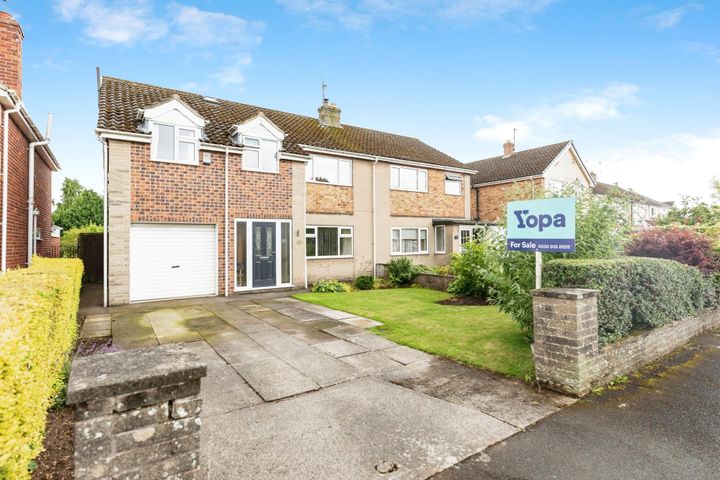Several factors influence real estate prices in North Yorkshire, including location, local amenities, and economic conditions. For example, properties in popular towns like Harrogate and York tend to command higher prices due to their vibrant cultural scenes, historic significance, and access to quality schools. The proximity to transport links, such as the A1(M) motorway and mainline rail services, also plays a significant role; areas with easy commutes to major cities like Leeds and London often see increased demand. Additionally, the region's natural beauty, with its picturesque landscapes and national parks, can elevate property values, particularly in rural areas like the Yorkshire Dales or the North York Moors. Economic factors, such as employment rates and the stability of local industries, further impact the market; in areas where tourism fuels local economies, such as coastal towns like Scarborough and Whitby, real estate prices may fluctuate based on seasonal demand. Local government policies and housing development initiatives can also affect supply levels, which in turn influence pricing dynamics across different neighborhoods.
North Yorkshire
Location
Price Range
Any price
Price Range
Minimum
No min
Maximum
No max
Property type
Show all
Property type
Show all
House
Apartment
Building
Other
Bedrooms
Any beds
Bedrooms
Minimum
No min
Maximum
No max
Surface Range
Any surface
Surface Range
Minimum
No min
Maximum
No max
Sale type
For sale
Sale type
Show all
To rent
For sale
Location
Apartments and houses for sale in North Yorkshire
39 results
Recent
North Yorkshire insights
| Aspect | Summary |
|---|---|
| Population | 1,150,000 |
| Average Property Price | £250,000 |
| Rental Yield | 4.5% |
| Average Rent | £1,200 |
| Occupancy Rate | 93% |
| Capital Growth Rate | 3.2% |
| Property Tax | 1.2% of property value annually |
| Transaction Costs | 3% of property price |
| Expected ROI | 8% |
| Economic Growth Impact | Moderate growth expected due to tourism and local industries |
North Yorkshire FAQ
What factors influence real estate prices in North Yorkshire?
How have property prices in North Yorkshire changed over the last few years?
Over the last few years, property prices in North Yorkshire have experienced notable fluctuations, driven largely by factors such as increasing demand and local economic conditions. For instance, in 2020, the average house price in the area was around £250,000, but by mid-2023, it surged to approximately £280,000, marking a significant rise. This increase can be attributed to the area's appeal for buyers seeking more space and rural living, especially evident during the COVID-19 pandemic. Popular towns like Harrogate and York saw even sharper price increases, with Harrogate witnessing a rise of about 10% year-on-year in some cases. In contrast, certain rural areas have shown more stability or even minor declines, reflecting variations in local amenities and transport links. Moreover, the introduction of new housing developments, such as those in places like Selby, has also influenced supply dynamics and price trends.
What is the average price of homes in North Yorkshire?
The average price of homes in North Yorkshire can vary significantly based on location and property type. As of late 2023, the average house price in the region is around £270,000, but this figure can fluctuate widely. For example, in rural areas like Whitby or Malton, prices may start around £200,000 for smaller terraced homes or bungalows. In contrast, more sought-after areas such as Harrogate or York can see average prices well above £350,000, with some detached family homes reaching upwards of £600,000 or more. The market remains influenced by factors like proximity to transport links and local amenities, affecting the desirability and subsequently the pricing in specific towns and villages within North Yorkshire.
Are property prices higher in urban or rural areas of North Yorkshire?
Property prices in North Yorkshire tend to vary significantly between urban and rural areas. In urban centers like York and Harrogate, demand for housing remains high due to their thriving economies, amenities, and transport links, contributing to elevated property prices. For instance, the average house price in York can exceed £300,000, reflecting its appeal as a historic city with a vibrant cultural scene. Conversely, rural areas like the North York Moors or the Dales often showcase lower average prices; properties in small villages can be priced around £200,000 or less, making them more accessible for buyers seeking quieter lifestyles. However, desirable rural locales, particularly those within commuting distance of urban hubs, can see prices soar; for example, a cottage in a picturesque village near Harrogate might still command a premium, illustrating the complex interplay between rural charm and accessibility to urban amenities.
What types of properties typically have the highest prices in North Yorkshire?
In North Yorkshire, properties that typically command the highest prices are often found in affluent areas such as Harrogate, York, and the scenic villages of the Yorkshire Dales. Victorians and Edwardian terraced homes in Harrogate, known for their attractive architecture and proximity to parks and amenities, can reach substantial prices. In York, historic townhouses near the city center or the picturesque riverside often attract premium buyers, especially those looking for character and convenience. Additionally, upscale properties in rural settings, like stately homes or converted barns in the Dales, can fetch high prices due to their expansive grounds and stunning countryside views. Luxury developments in localized hotspots or communities with desirable features, such as golf courses or private estates, also see elevated price tags, reflecting the region's appeal to both families and affluent retirees.
How do seasonal trends affect real estate prices in North Yorkshire?
Seasonal trends play a significant role in influencing real estate prices in North Yorkshire, as they do in many regions. During spring and early summer, there is typically an increase in both supply and demand; many sellers choose to list their properties in these months, taking advantage of longer days and better weather. This heightened activity often leads to competitive bidding, driving up prices. For instance, areas like Harrogate and York witness a surge in interest from families wanting to move before the new school year starts, thus pushing prices higher. Conversely, winter months can bring a slowdown in the market. Fewer properties are listed, and interested buyers are often less active due to the cold weather and holiday distractions. This seasonal dip can sometimes result in lower prices for properties that remain on the market, particularly in rural locations like the Yorkshire Dales, where accessibility may be further hindered by weather conditions. Additionally, specific events or trends can exacerbate these seasonal shifts; for instance, properties near popular tourist destinations, such as Scarborough, may experience price fluctuations based on the tourist season, with peak selling times aligning with summer holidays.
Are there any specific locations in North Yorkshire known for their high property values?
North Yorkshire has several locations known for their high property values, particularly in areas like Harrogate, York, and the North York Moors. Harrogate is often cited for its attractive Edwardian and Victorian properties, with average house prices exceeding £400,000, partly due to its reputation as a spa town and its proximity to Leeds. York, with its rich history and iconic landmarks such as York Minster, also commands high prices, particularly in areas like the Bishophill district and the historic city center, where properties can easily reach upwards of £500,000. The North York Moors, particularly around affluent villages like Helmsley and Pickering, offers picturesque landscapes and luxury homes, contributing to higher property values, often in the range of £300,000 to £600,000 depending on the property's size and location.


